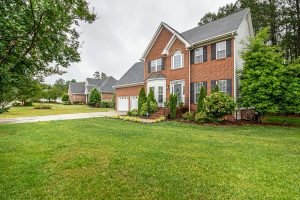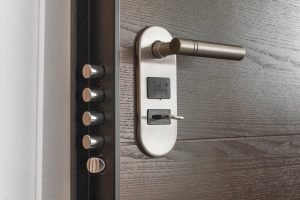The Differences Between Freehold and Leasehold Property in the UK
If you’re in the market for a new property in the UK, it’s important to understand the differences between freehold and leasehold property ownership. Experienced estate agents serving Bishops Cleeve and nearby areas can guide you through the decision-making process. Leasehold properties offer ownership of the property for a predetermined period of time, with the land being owned, whereas freehold properties offer complete ownership of the property and land by a freeholder. Let’s take a closer look at the differences between these two types of property ownership.
Freehold Property Ownership:
If you’re considering buying a freehold property, you’ll own the property outright, including the land it sits on. This means that you’ll have complete control over the property, and you won’t be subject to any ground rent or service charges. Freehold properties tend to be more expensive than leasehold properties, but they offer greater flexibility and control over your investment.
Freehold ownership is the most common type of property ownership in the UK. As a freeholder, you’ll have complete control over the property and the land it sits on. This means that you can make any changes you like to the property, subject to planning permission and building regulations. You won’t be subject to any ground rent or service charges, and you won’t have to worry about your lease running out.
However, it’s important to note that as a freeholder, you’ll also be responsible for all maintenance and repair work that needs to be done. This can be costly and time-consuming, so it’s important to budget accordingly.
Leasehold Property Ownership:
On the other hand, if you’re considering buying a leasehold property, you’ll only own the property for a set period of time, usually between 99 and 999 years. While you’ll have the right to live in the property during this time, you won’t own the land it sits on. Instead, the land will be owned by a freeholder, who will typically charge you ground rent and service charges for the use of the land. Leasehold properties tend to be less expensive than freehold properties, but they offer less control over your investment.
Leasehold properties are more common in urban areas, where space is at a premium. In these areas, it’s often more practical for multiple properties to share the same plot of land. This is where leasehold ownership comes into play. As a leaseholder, you’ll be responsible for maintaining your individual unit, but the freeholder will be responsible for maintaining the common areas of the property, such as the roof, walls, and communal gardens.
It’s important to note that leasehold properties can come with additional fees and charges beyond just ground rent and service charges. For example, some leasehold properties may require you to pay a share of the freeholder’s insurance or maintenance costs. These costs can vary widely from property to property, so it’s important to carefully review the terms of the lease before purchasing a leasehold property.
Which Type of Property Ownership is Right for You?
Ultimately, the decision between freehold and leasehold ownership hinges on your individual circumstances and priorities. If you prioritize control and flexibility over your property and are willing to shoulder additional maintenance responsibilities, a freehold property may suit you. Conversely, if you seek affordability and lower upfront costs, a leasehold property might be preferable, considering advice from an investment property accountant.
If you’re still unsure which type of property ownership is right for you, it’s important to work with experienced estate agents serving Bishops Cleeve and nearby areas to help you navigate the complex world of property ownership and make the best decision for your needs.














Post Comment